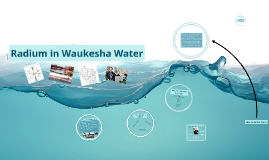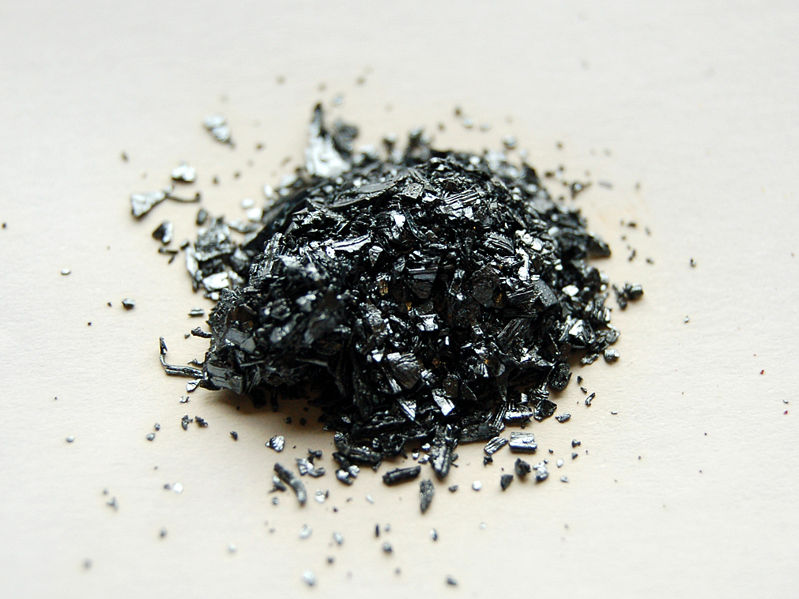
When it was realized that all of these are isotopes of the same element, many of these names fell out of use, and "radium" came to refer to all isotopes, not just 226Ra. In this scheme, 223Ra was named actinium X (AcX), 224Ra thorium X (ThX), 226Ra radium (Ra), and 228Ra mesothorium 1 (MsTh 1). In the early history of the study of radioactivity, the different natural isotopes of radium were given different names. At least 12 nuclear isomers have been reported the most stable of them is radium-205m, with a half-life between 130 and 230 milliseconds this is still shorter than twenty-four ground-state radium isotopes. All other 27 known radium isotopes have half-lives under two hours, and the majority have half-lives under a minute. Together with the mostly artificial 225Ra (15 d), which occurs in nature only as a decay product of minute traces of neptunium-237, these are the five most stable isotopes of radium. These isotopes nevertheless still have half-lives too short to be primordial radionuclides and only exist in nature from these decay chains. Four of these – 223Ra ( half-life 11.4 days), 224Ra (3.64 days), 226Ra (1600 years), and 228Ra (5.75 years) – occur naturally in the decay chains of primordial thorium-232, uranium-235, and uranium-238 ( 223Ra from uranium-235, 226Ra from uranium-238, and the other two from thorium-232). Radium has 33 known isotopes, with mass numbers from 202 to 234: all of them are radioactive. Isotopesĭecay chain of 238U, the primordial progenitor of 226Ra

Radium has a density of 5.5 g/cm 3, higher than that of barium, again confirming periodic trends the radium-barium density ratio is comparable to the radium-barium atomic mass ratio, due to the two elements' similar crystal structures. Like barium and the alkali metals, radium crystallizes in the body-centered cubic structure at standard temperature and pressure: the radium–radium bond distance is 514.8 picometers. Both of these values are slightly lower than those of barium, confirming periodic trends down the group 2 elements. This tint rapidly vanishes on exposure to air, yielding a black layer of radium nitride (Ra 3N 2). Pure radium is a volatile silvery-white metal, although its lighter congeners calcium, strontium, and barium have a slight yellow tint. Its physical and chemical properties most closely resemble its lighter congener, barium. Radium is the heaviest known alkaline earth metal and is the only radioactive member of its group. 7.1 Atomic, molecular, and optical physics research.These applications have become obsolete owing to radium's toxicity as of 2020, less dangerous isotopes (of other elements) are instead used in radioluminescent devices. Formerly, around the 1950s, it was used as a radioactive source for radioluminescent devices and also in radioactive quackery for its supposed curative power. As of 2014, other than its use in nuclear medicine, radium has no commercial applications. Radium is not necessary for living organisms, and adverse health effects are likely when it is incorporated into biochemical processes because of its radioactivity and chemical reactivity. In nature, radium is found in uranium and (to a lesser extent) thorium ores in trace amounts as small as a seventh of a gram per ton of uraninite. Radium was isolated in its metallic state by Marie Curie and André-Louis Debierne through the electrolysis of radium chloride in 1911. They extracted the radium compound from uraninite and published the discovery at the French Academy of Sciences five days later. Radium, in the form of radium chloride, was discovered by Marie and Pierre Curie in 1898 from ore mined at Jáchymov. When radium decays, ionizing radiation is a by-product, which can excite fluorescent chemicals and cause radioluminescence. All isotopes of radium are highly radioactive, with the most stable isotope being radium-226, which has a half-life of 1600 years and decays into radon gas (specifically the isotope radon-222). Pure radium is silvery-white, but it readily reacts with nitrogen (rather than oxygen) upon exposure to air, forming a black surface layer of radium nitride (Ra 3N 2).

It is the sixth element in group 2 of the periodic table, also known as the alkaline earth metals. Radium is a chemical element with the symbol Ra and atomic number 88.


 0 kommentar(er)
0 kommentar(er)
